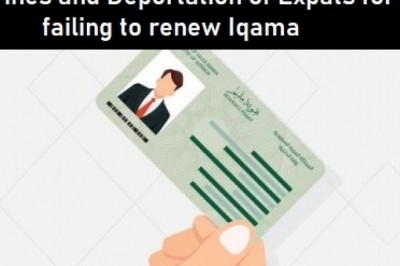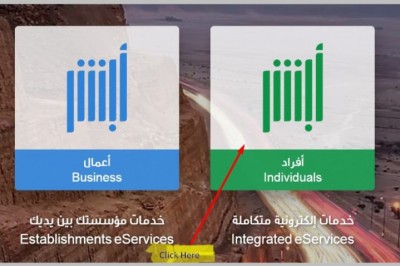views
To reduce pilgrim congestion during this year's Hajj, the Saudi General Authority of Civil Aviation (GACA) has begun implementing technical solutions at both Jeddah's King Abdul Aziz International Airport (KAIA) and Madinah's Prince Mohammed bin Abdul Aziz International Airport (PMIA).
Read more: Check How Many SIM Cards are Registered on Iqama.
The GACA has combined the terminal hall routes into a singular direction to guarantee a seamless flow of pilgrims, with the capacity of both airports accommodating up to 48,000 passengers in a single phase.
The Ministry of Hajj and Umrah and KAIA have collaborated to prevent overcrowding by coordinating operational systems, specifically the scheduling of flights for pilgrims.
Public transport and parking capacity have been increased, while baggage reclaim halls and passport controls have been streamlined.
PMIA received benefits from modern technology development projects.
24 self-service check-in platforms, 6 travel verification platforms, 10 self-boarding gates, a dedicated area for people with special needs, a new car park, a loading and unloading bay in front of the main hall, and a waiting area next to the departure hall were added to the airport.
To ensure the safe and efficient travel of pilgrims in future Hajj seasons, GACA will implement more electronic services in upcoming development projects.
More: What to do if Iqama is cancelled, delay in returning to the exit
The services will consist of innovative "self-service airports" where travelers can complete their procedures, obtain boarding passes, and weigh and register their luggage independently.
The GACA has adopted plans to improve the Kingdom's airport network, including coping with the steady increase in air traffic and promoting economic growth through greater geographical coverage and improved services.












Comments
0 comment